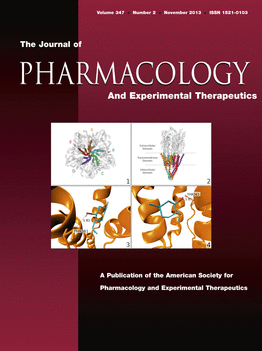Antimicrobial Peptides
Antimicrobial peptides (AMPs) are key components of innate immunity and found across all phyla of life. Millions of years of evolution have provided AMPs with some advantages over conventional drugs in preventing the formation of drug-resistance in bacteria- a serious problem impacting hospitals worldwide. I'm interested in using computational methods to further our understanding of the properties encoded in natural AMP amino acid sequences. By combining statistics and machine learning to identify patterns that relate AMPs with their antibacterial activity, I hope to assist wet lab researchers in discovering unknown AMPs hidden in genomes and, eventually, design novel peptides to target specific types of drug-resistant bacteria. The latest version of my Antimicrobial Peptide Scanner uses a deep neural network to identify AMP sequences and was recently published in Bioinformatics. Ongoing work is focused on novel feature design and improved classifier performance.
Comparative Visualization of Microsynteny
Understanding the co-localization of genetic loci, either within a single chromosome or across multiple species, is a frequent undertaking of biologists. While there are a number of programs currently available for generating syntenic maps, many are inaccessible to biologists who lack advanced computer skills. To help with this problem I worked with the Crouch Lab on designing a visualization server called "SimpleSynteny" to analyze microsynteny across multiple genomes in a easy and accessible manner. The server is designed to help perform a targeted analysis, for example comparing secondary metabolites across various taxa of interest, rather than annotate an entire genome. SimpleSynteny is featured on the cover of the 2016 Nucleic Acids Research Web Server Issue and is available now at: www.simplesynteny.com.
Genomics and Diagnostic Tools for Phytopathology
Recent work as a postdoc with the Crouch Lab focusing on the development of novel immunoassay diagnostic tests to identify pathogenic fungi and oomycetes in a range of ornamental plant species. Using a variety of next- and third-generation sequencing data, I worked on genome assembly, analysis and annotation problems. I also created a bioinformatics pipelines to aid in the selection of candidate sequences for LAMP and immunoassay diagnostic tests.
Structural Bioinformatics and Menthol Docking
Despite the fact menthol is commonly found in a variety of pharmaceutical and commercial products such as cigarettes, its role in the brain is still not fully understood. In collaboration with the Kabbani Lab, we performed computational docking simulations between menthol and important neuronal receptor targets such as the nicotinic acetylcholine (nACh) and hydroxytryptamine type 3 (5-HT3) receptors. Our results corroborated findings in the wet lab which suggest menthol to be an inhibitor for both receptors. This project resulted in publications in PLoS ONE and the Journal of Pharmacology and Experimental Therapeutics which featured our docking model on the cover of their November 2013 issue.
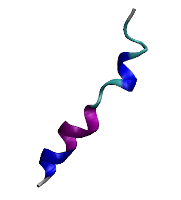
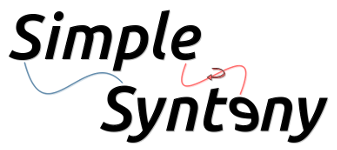
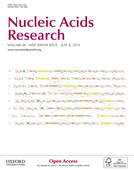
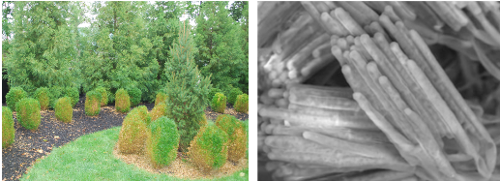 Symptoms of boxwood blight (left) and scanning electron microscope image of the fungal plant pathogen Calonectria henricotiae (right).
Symptoms of boxwood blight (left) and scanning electron microscope image of the fungal plant pathogen Calonectria henricotiae (right).
